Deserts are often thought-about to be scorching, arid areas with huge stretches of sand and dry earth. Whereas that is actually the case for some areas, all don’t match this description. Precipitation, not sand and warmth, decide what areas are deserts. Deserts are present in all continents of the world however the nature and measurement of those deserts differ drastically. Since deserts are related to tough dwelling situations, they’re typically a few of the world’s most sparsely populated areas. On this article, we discover the world’s largest deserts.
1. Antarctic Desert – 14.2 million sq. km
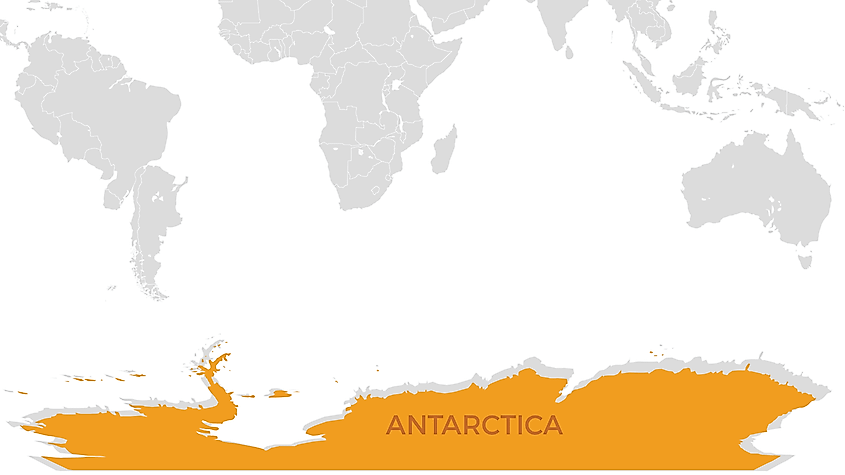
The Antarctic is classed as a polar desert. Measuring 5.5 million sq. miles (14.2 million sq. km), it’s the largest desert on the planet. In contrast to most world deserts, the Antarctic covers your entire continent. The truth is, an astonishing 98 p.c is completely lined by a sheet of ice. It’s thought-about a desert as a result of it rains on common solely 10 mm yearly. Some consultants even imagine that sure components positioned away from the coast haven’t had rain up to now 14 million years.
2. Arctic Desert – 13.9 million sq. km
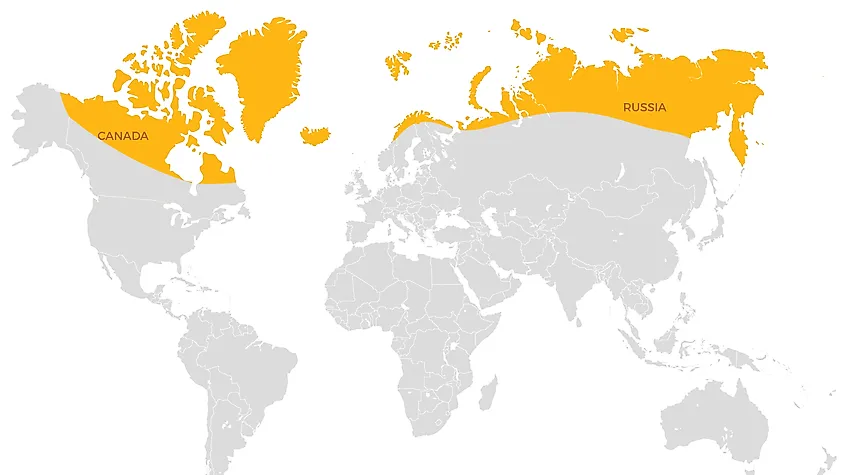
The Arctic tundra is the one different polar desert on the planet. It spans quite a few northern nations, together with Canada, Greenland, and Russia. It’s second solely to the Antarctic, measuring a whopping 5.4 million sq. miles (13.9 million sq. km). It’s also thought-about a desert because of the lack of precipitation; the frigid air is simply too chilly to carry moisture. Whereas it will get extra rain than the Antarctic, it nonetheless solely receives roughly six to 10 inches a 12 months.
3. Sahara Desert – 9.0 million sq. km
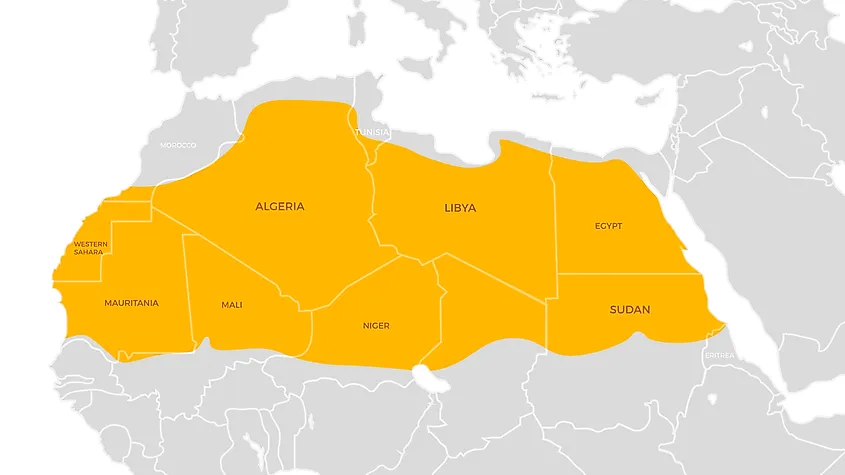
The Sahara is the biggest subtropical desert on the planet, clocking in at 3.5 million sq. miles (9 million sq. km). Spanning eleven nations, it covers almost a complete third of Africa. It’s most identified for its scorching scorching local weather and mountainous sand dunes that attain as excessive as 183 meters. Regardless of these harsh situations, it’s dwelling to quite a few desert animals, together with camels, lizards, and scorpions. Water sources are uncommon, however the Sahara does have two rivers and twenty seasonal lakes.
4. Arabian Desert – 2.6 million sq. km
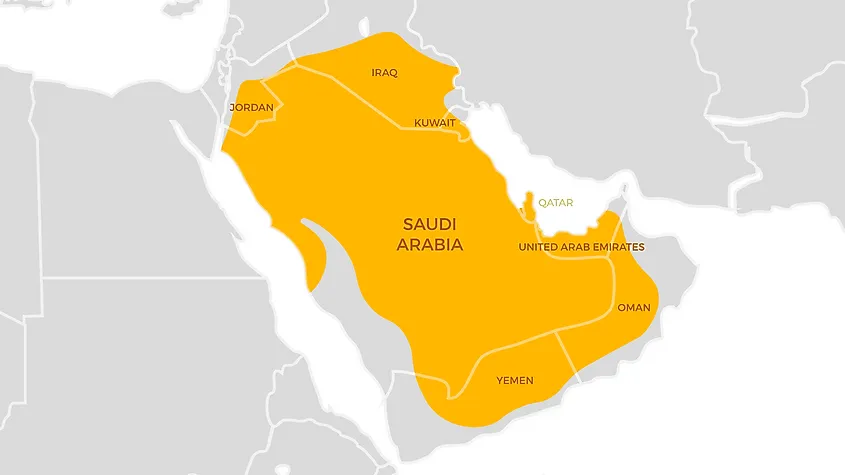
The Arabian is the world’s second largest subtropical desert. Spanning many of the Arabian Peninsula in Asia, it measures roughly 1.0 million sq. miles (2.6 million sq. km). It’s a barren and sandy panorama, however is surprisingly wealthy in pure sources, equivalent to oil and sulfur. Summer season temperatures can go as excessive as fifty levels Celsius throughout the day, however drop drastically at evening. Locust and dung beetles are native to this bleak area.
5. Gobi Desert – 1.3 million sq. km
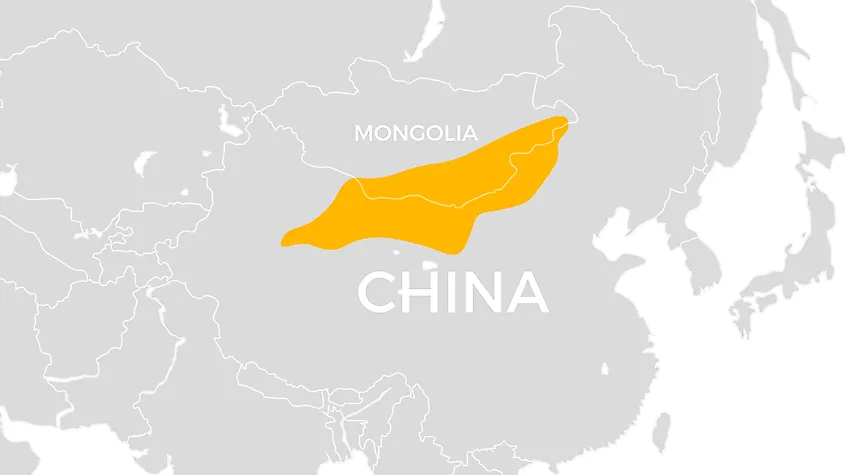
The Gobi Desert is the fifth largest desert on the planet. Spanning components of Mongolia and China, it measures 0.5 million sq. miles (1.3 million sq. km). Its terrain is usually rocks and hard-packed earth, which made it a worthwhile commerce route all through historical past. Like all conventional semiarid deserts, the Gobi experiences extraordinarily excessive temperatures throughout the summer season and frigid temperatures throughout the winter. It’s also thought-about a rain shadow desert as a result of the Himalayas block out all wet climate.
6. Patagonian Desert – 0.67 million sq. km
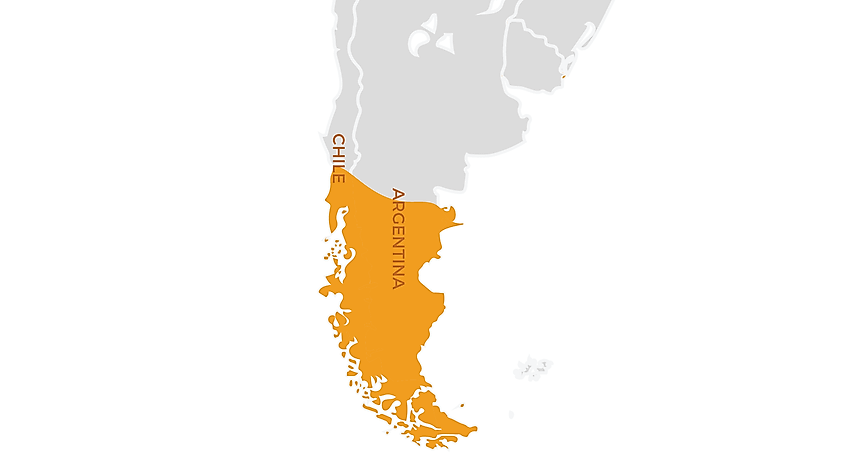
Positioned in Argentina, the Patagonian Desert—also called the Patagonian Steppe—is the sixth largest desert on the planet. It measures roughly 0.26 million sq. miles (0.67 million sq. km). To the west lie the Andes, the world’s longest mountain vary, and to the east, the Atlantic Ocean. As a semiarid desert, it shares comparable traits with the Gobi desert. Frost covers the bottom throughout the winter season, however snow is uncommon because of the dryness of the area.
7. Nice Victoria Desert – 0.65 million sq. km
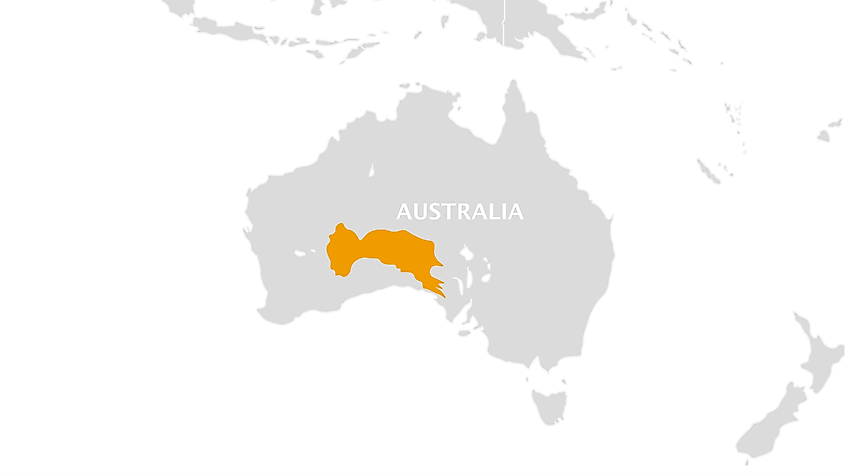
The Nice Victoria is a subtropical desert positioned in Australia. It’s the seventh largest desert on the planet, clocking in at 0.25 million sq. miles (0.65 million sq. km). It’s a harsh atmosphere of sand, rocks, arduous packed-earth, and grassland. Throughout the summer season, temperatures rise as much as forty levels Celsius. As with most subtropical deserts, it’s cooler throughout the winter, however nonetheless pretty scorching. The Nice Victoria receives a median of eight to 10 inches of rain yearly.
8. Kalahari Desert – 0.56 million sq. km
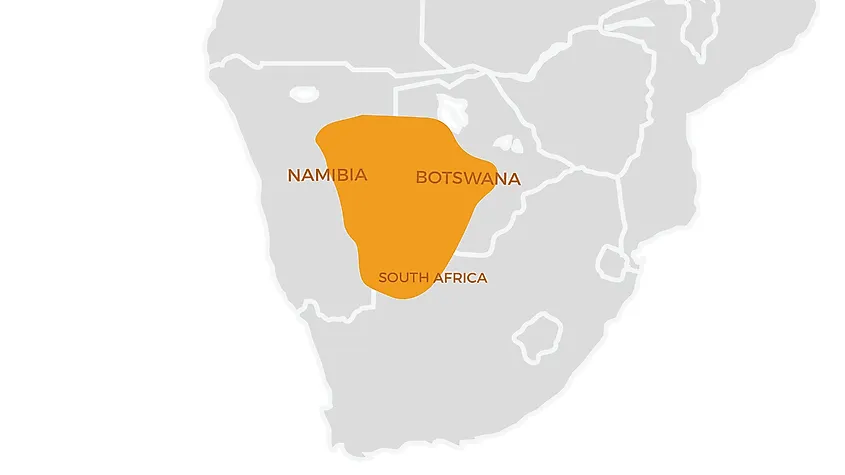
The Kalahari is a subtropical desert positioned in southern Africa. Spanning components of Namibia, Botswana, and South Africa, it’s the eighth largest desert on the planet at 0.22 million sq. miles (0.56 million sq. km). Curiously, it’s categorised as a semi-desert because it receives 4 to eight inches of rain per 12 months, however twenty throughout particular moist years—ten greater than what is usually accepted for a area to be thought-about a desert. Wild animals equivalent to meerkat, hyena, kudu, and wildebeest name this area dwelling.
9. Nice Basin Desert – 0.49 million sq. km

At 0.19 million sq. miles (0.49 million sq. km), the Nice Basin is among the “large 4” deserts in North America. It spans a number of states, masking most of Nevada and Utah. Positioned immediately north of the Mojave Desert, it’s a dry expanse of clay, silt, and sand; nevertheless, as a semiarid desert, it receives a good quantity of snow throughout the winter months. It’s stated that at 4,950 years previous, an area Bristlecone Pine is the world’s oldest dwelling factor.
9. Syrian Desert – 0.49 million sq. km
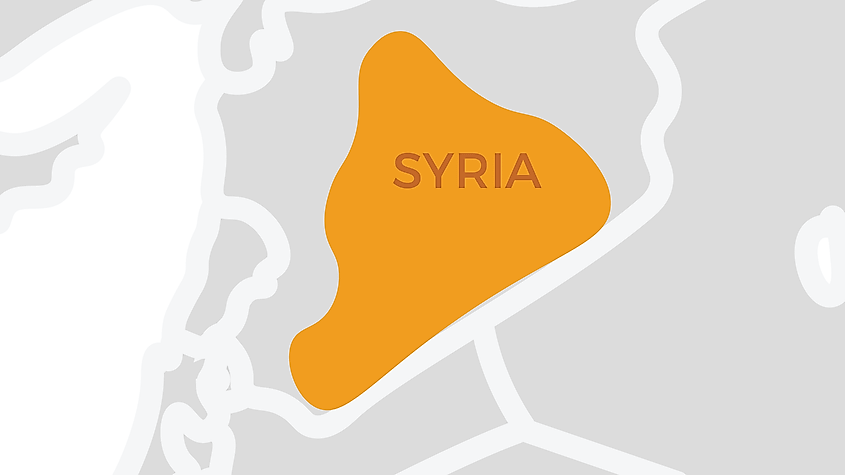
The Syrian—also called the Syrian or Jordanian Steppe—is the tenth largest desert on the planet, measuring roughly 0.19 million sq. miles (0.49 million sq. km). It spans a number of Center Jap nations, together with Syria, Jordan, Saudi Arabia, and Iraq. Regardless of its identify, it covers extra of Jordan than Syria. As a subtropical desert, it’s a barren panorama of rock and gravel. What wildlife is ready to thrive in such an atmosphere is presently beneath risk from drought, over-grazing, and looking.
The Results Of Local weather Change On Desertification
Human-made local weather change is having a extreme impression on our world deserts. It’s common information that the melting ice caps are shrinking the polar deserts, however world warming can be resulting in larger charges of desertification—the method the place fertile land turns into dry and arid. Air pollution and different human actions are creating droughts and wildfires, and rising ranges of salt within the floor, which is finally inflicting subtropical and semiarid desert areas to broaden and rise in temperature. Similar to polar bears, that is additionally negatively impacting the native wildlife. Even animals equivalent to lizards who usually thrive in all these scorching environments are scuffling with desertification.
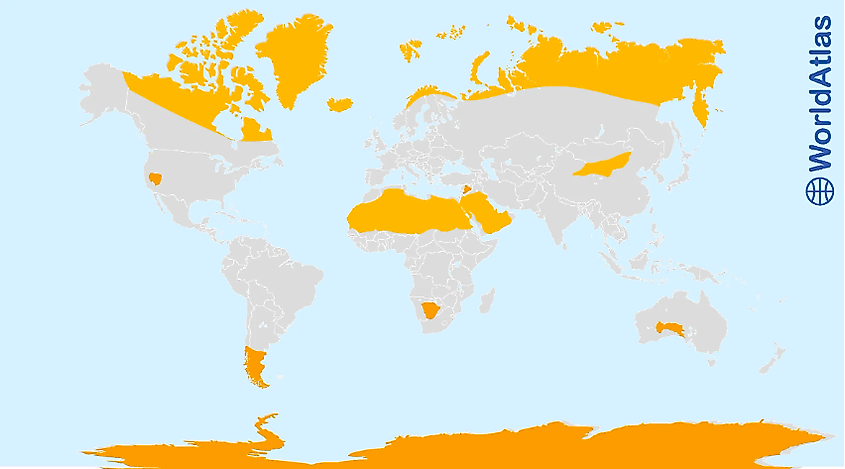
The Sahara is the most effective instance for example the above. A research carried out in 2018 reveals that it has grown by ten p.c since 1920. Deserts usually improve in measurement throughout dry seasons and reduce throughout moist seasons, however people are interfering with this pure cycle, inflicting deserts to develop quicker than they’re shrinking. The truth is, a complete third of the Sahara’s present measurement is because of local weather change. Roughly 33 p.c of the Earth’s land is roofed by desert. Until we modify our methods, this quantity might improve drastically all through the approaching years.
| Rank | Desert | Space in million sq. mi | Space in million sq. km | Kind |
|---|---|---|---|---|
| 1 | Antarctic | 5.5 | 14.2 | Polar |
| 2 | Arctic | 5.4 | 13.9 | Polar |
| 3 | Sahara | 3.5 | 9.0 | Subtropical |
| 4 | Arabian | 1.0 | 2.6 | Subtropical |
| 5 | Gobi | 0.5 | 1.3 | Chilly winter |
| 6 | Patagonian | 0.26 | 0.67 | Chilly winter |
| 7 | Nice Victoria | 0.25 | 0.65 | Subtropical |
| 8 | Kalahari | 0.22 | 0.56 | Subtropical |
| 9 | Nice Bain | 0.19 | 0.49 | Chilly winter |
| 9 | Syrian | 0.19 | 0.49 | Subtropical |



















































